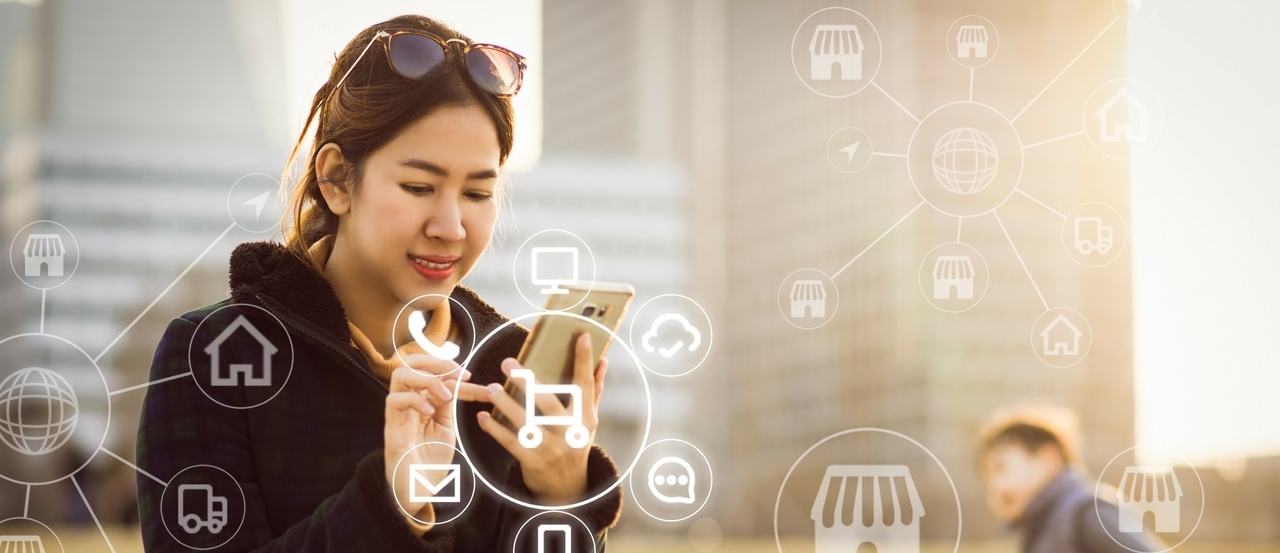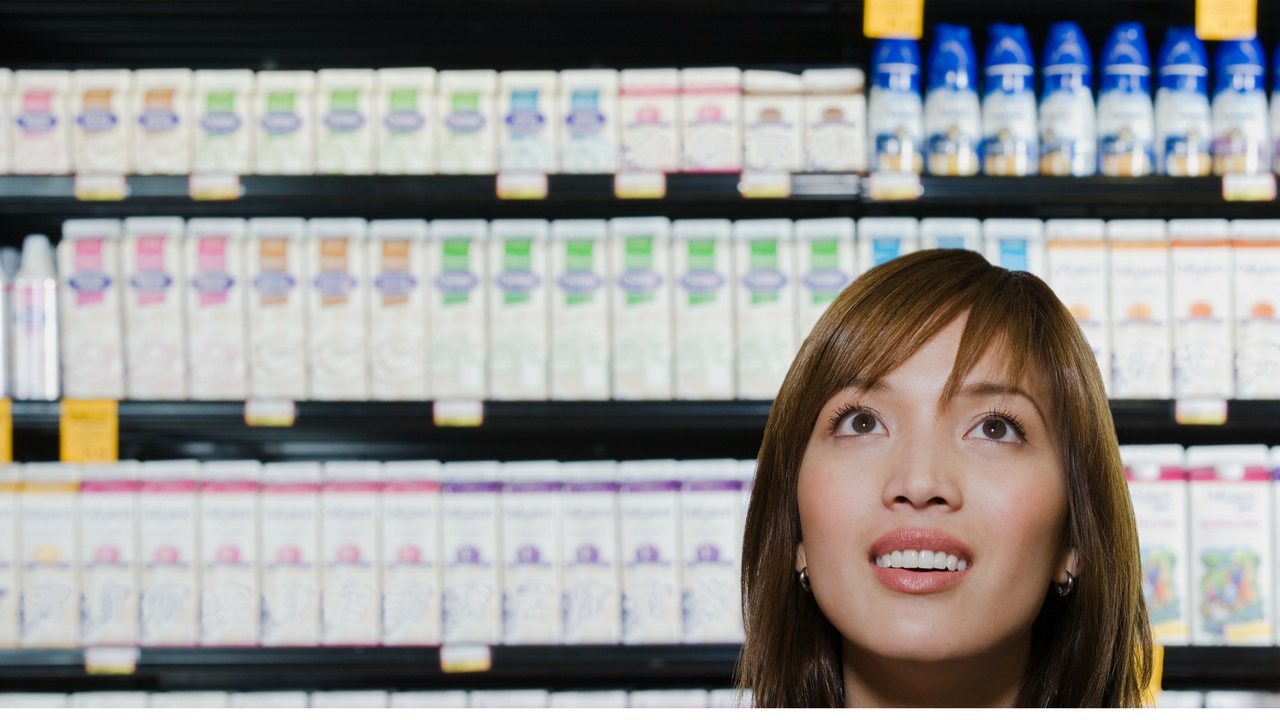- Design industry shaping loyalty programs
- Integrate easily and go live quicker
- Deliver hyper-personalized consumer experiences
Blue Rewards from Al Futtaim Group Shares Loyalty Success Stories and Evolution. Watch Podcast >
Capillary Triumphs with 4 Prestigious Wins at the 2025 International Loyalty Awards! Read more >

2017 will probably go down in history as the year when the China O2O story really took off. They range from Alibaba’s Hema supermarket to shared mobile phone chargers to shared umbrellas. In a bizarre marriage of IoT devices and QR codes, consummated by the 2 major payment platforms — WeChat and Alipay, it seems like a match made in heaven!
I’ve attempted to click and describe 7 hand-picked examples of O2O applications seen in and around Shanghai. I’ve myself used each one of these, and also there’s a couple of these that I swear by. So, here they go:
No O2O story can start without mentioning Alibaba. And this one (the mother of all O2O use cases) is part of Alibaba’s “New Retail” initiative to seamlessly blend offline and Online retail experiences. With a chain of Supermarkets named “HEMA”, Alibaba has entered into the hyper-local groceries space, and how!
This is by far my favourite China O2O startup / story / use case. Ever since it first launched last year, I’ve been hooked to the service, and have ridden close to 500 Km already. Dock-less biking is healthier, greener, and convenient. Triple Whammy!
What I love about them is that they stick to their mission, and are constantly innovating on the User Experience. For example:
And my favourite one: During this Christmas Week, the usual “beep-sound” while unlocking a bike has been replaced by “Jingle Bells!”
Now these have been in Shanghai for a while. At least 3 years – and would be one of the earlier applications, given that massages are popular in China for therapeutic reasons. Right from being in the middle of malls to co-working spaces, they are seen quite frequently. The use case is simple:
Yes, you heard that right too! — Since the last monsoon seasons, we’ve seen a few of these “umbrella-sharing” startups sprouting up on metro/subway stations. The use case is:
The verdict is not out on this one yet. But it is an interesting take for sure. And really useful on those days when it suddenly starts pouring!
Phones are getting smarter. And battery life is getting shorter. So a few smart men decided to marry IOT with QR codes, and launch these chargers which can be rented at restaurants and coffee shops @ 1 RMB / hour. So, how does this one work?
Pretty simple and self-explanatory. It’s a small photo-booth. Fully automated. How does it work?
Waiting for a movie to begin? Or for your turn at a popular restaurant? — No worries. Get into a “Karaoke Box”, scan QR code, select your songs and sing. These have been cropping up across malls in Shanghai.
Love the pace at which O2O innovation is happening here in China. And I’m sure there’s innovation happening elsewhere as well. Any interesting O2O examples you’d like to share?

January 30, 2018 | 4 Min Read
When I visited China over a decade ago, e-commerce was still

January 19, 2018 | 4 Min Read
2017 will probably go down in history as the year when the C